June 15 – July 28, 2007
Curated by João Ribas, New Economy looks at the nature of artistic practice in today’s global information economy, defined by an emphasis on immaterial labor and knowledge-based production.
June 15 – July 28, 2007
Curated by João Ribas, New Economy looks at the nature of artistic practice in today’s global information economy, defined by an emphasis on immaterial labor and knowledge-based production.
New Economy
Curated by João Ribas
Chantal Akerman, Kader Attia, Ursula Biemann, Mike Bouchet, Heath Bunting, Los Carpinteros, Carolina Caycedo, Daniel Dewar & Grégory Gicquel, Harun Farocki, Henrik Plenge Jakobsen, Eva and Franco Mattes a.k.a. 0100101110101101.ORG, Cildo Meireles, Oliver Ressler, Joe Scanlan, Santiago Sierra, Rirkrit Tiravanija, Milica Tomic, Donelle Woolford
New Economy looks at the nature of artistic practice in today’s global information economy, defined by an emphasis on immaterial and knowledge-based production. In addressing notions of artistic labor in the postindustrial economic order, the exhibition also focuses on artists dealing with the social conditions and redefinitions of work implicit in a post-Fordist economy.
The term “New Economy” entered into circulation in the 1990s to define a knowledge-based form of late capitalism, heralding the productive power of information and communication technology as the engine of global markets. The ‘in-formatisation’ of production served as a catalyst for a flexible economic model favoring ideas, services, and sociability over inert commodities and industrial labor. As capital seemingly dematerialized—with knowledge workers, information, and communication at its center—industrial economies looked to downsizing, outsourcing, and structural under-employment, resulting in a correlative ‘remapping’ of labor.
Yet if the information-based model of postindustrial society values communication, creativity, and social relationships, what is the role of artistic practice in this political economy? Do artists function as migrant laborers, moving from biennial to biennial producing a form of ‘artisanalized’ information? Is studio practice a localized form of resistance to immaterial production? Is there any political agency in artists being positioned directly in contrast to the marginal elements of the body politic, afforded rights, such as that of circulation, denied to other political subjects?
New Economy takes these concerns as reflected in the artistic practice of the last decade. Whether in reassessing the value of industrial production, disrupting established economic patterns and proposing alternatives, emphasizing both the pre-industrial and informational quality of artistic labor, embracing mobility as socially progressive through the transnational character of post-studio work, revealing the disparities of our supposed ‘frictionless’ economy, or highlighting the commodification of social relationships over democratic processes, the artists in New Economy reflect the complex character of post-Fordist society.
Special Film Screenings in conjunction with New Economy
Chantal Akerman
From The Other Side, 2002
Anthology Film Archives
Tuesday, June 19 and Thursday, July 5
7:30 pm
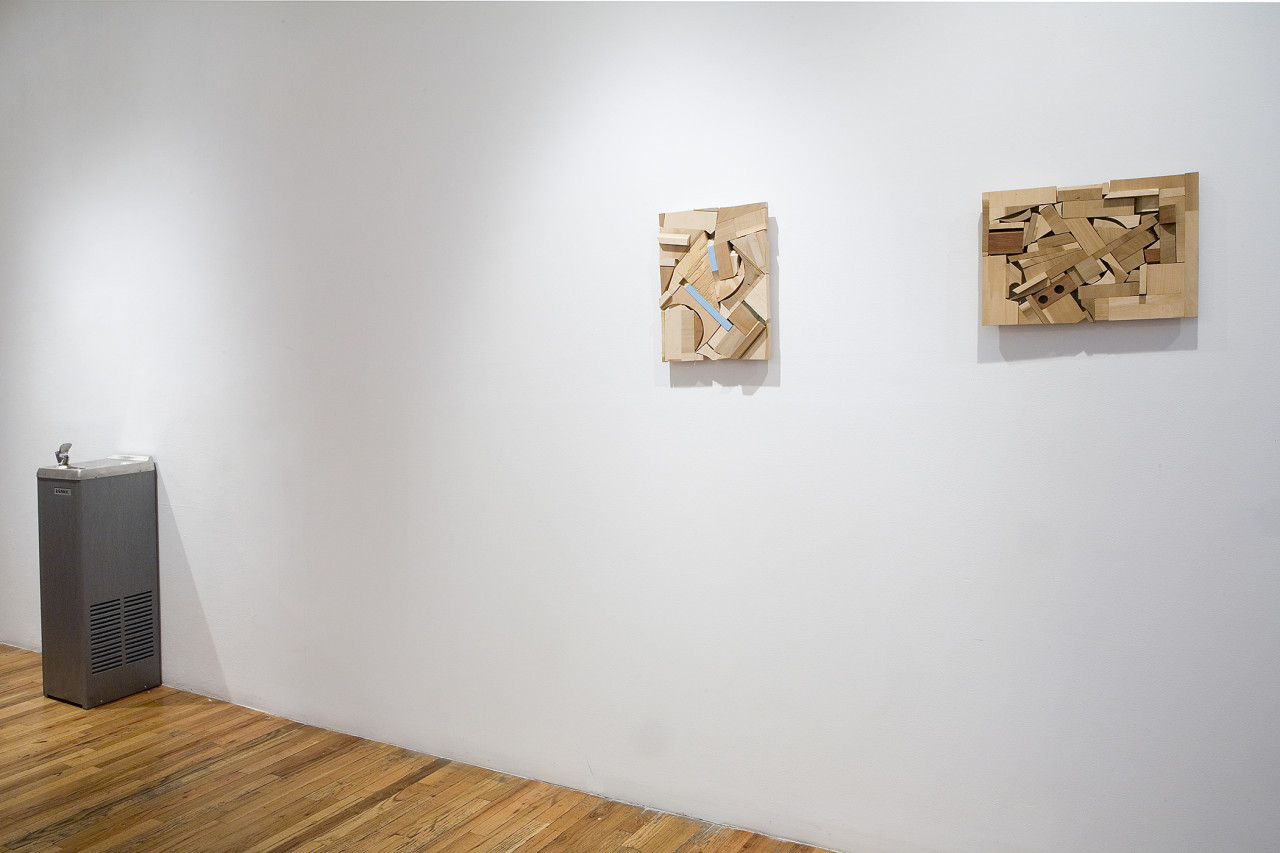

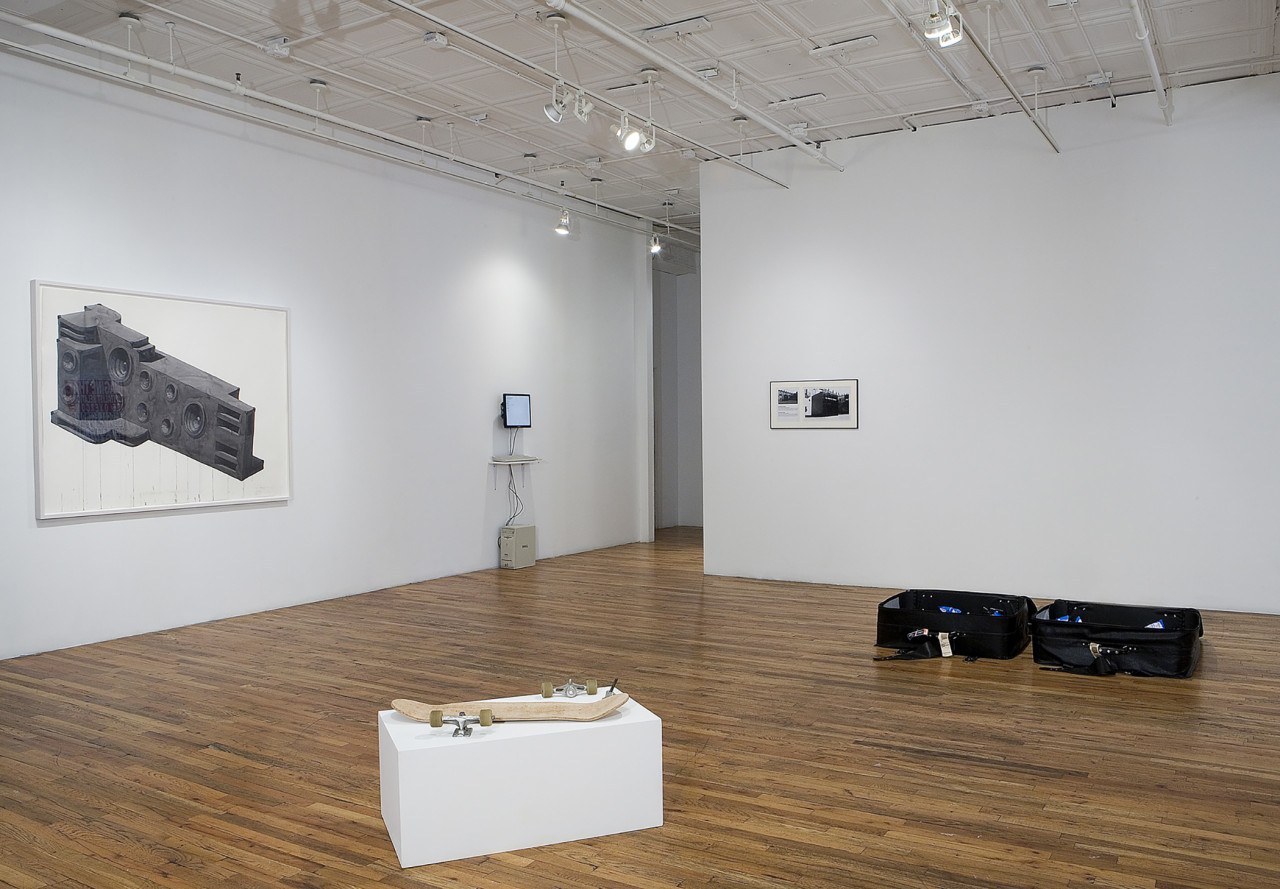
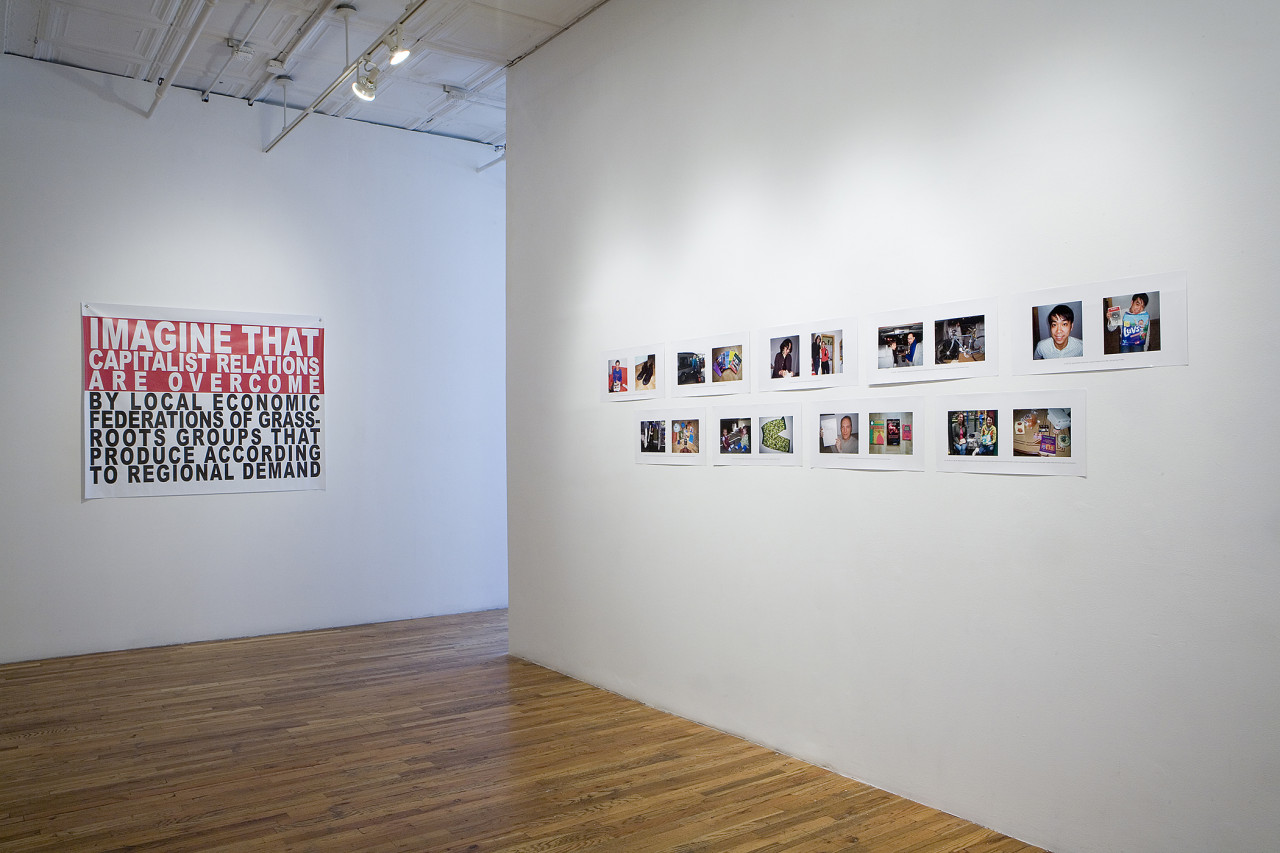
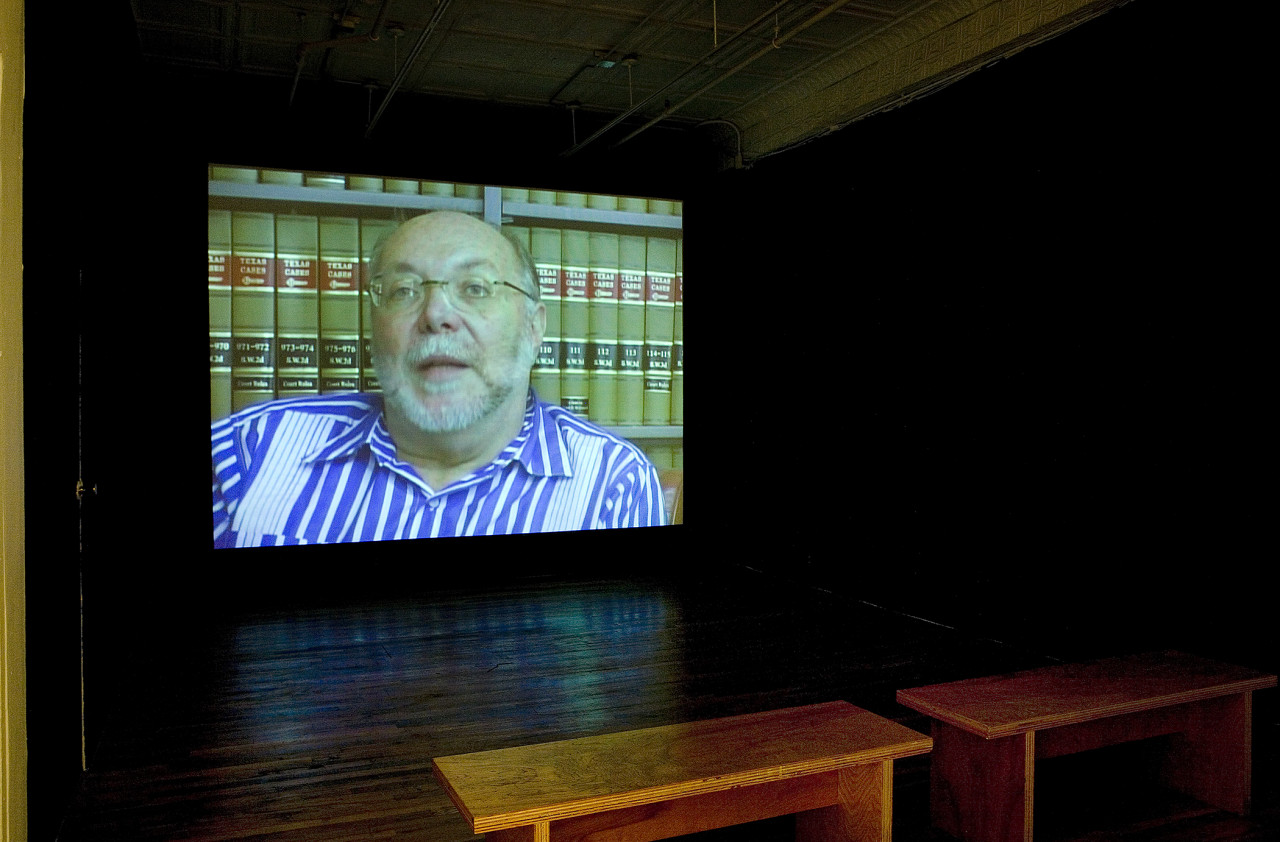
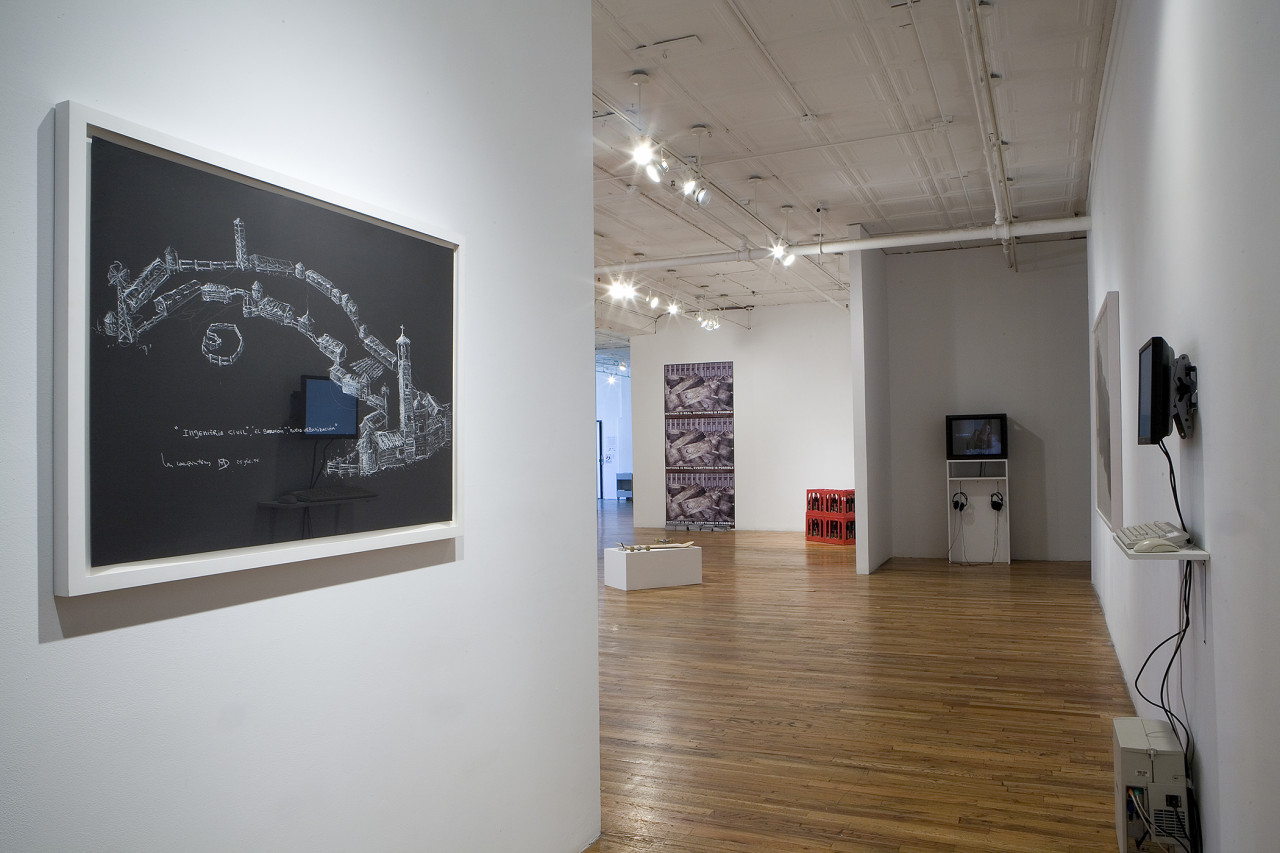


Exhibitions at Artists Space are funded, in part, by Altria Group, Inc.; Harriet Ames Charitable Trust; Milton and Sally Avery Arts Foundation; Florence V. Burden Foundation; CAMPARI; Carnegie Corporation Inc.; Con Edison; Consulate General of the Netherlands; Cowles Charitable Trust; The Danielson Foundation; Danish Council; Elaine Dannheisser Foundation; Debs Foundation; Easton Foundation; Foundation for Contemporary Arts; Gesso Foundation; Stephen A. and Diana L. Goldberg Foundation; Herman Goldman Foundation; The Horace W. Goldsmith Foundation; The Graham Foundation for Advanced Studies in the Fine Arts; Greenwich Collection, Ltd.; Elise Jaffe + Jeffrey Brown; Jerome Foundation; JetBlue Airways; Virginia W. Kettering Fund; JP Morgan Chase; MAT Charitable Foundation; Mondriaan Foundation; Betty Parsons Foundation; Puffin Foundation Ltd.; Starry Night Fund of the Tides Foundation; Strypemonde Foundation; Trust for Mutual Understanding; Verizon Foundation; The Andy Warhol Foundation for the Visual Arts; and with public funds from the New York State Council on the Arts, a State Agency; the New York City Department of Cultural Affairs; and the National Endowment for the Arts.
New Economy was made possible, in part, by Étant Donnés.